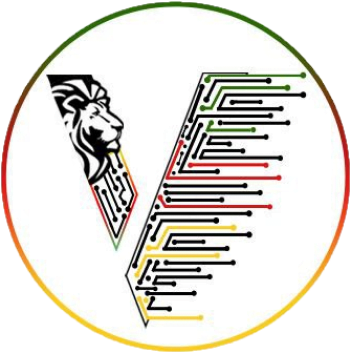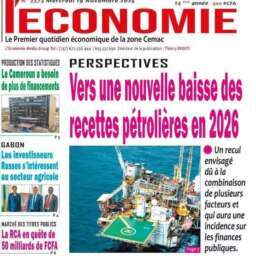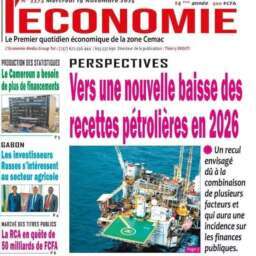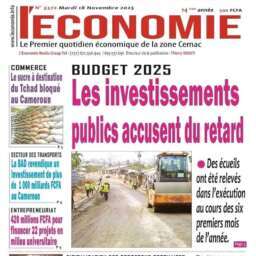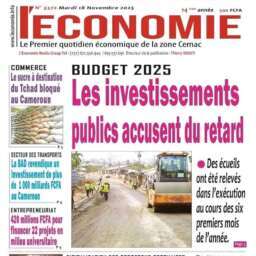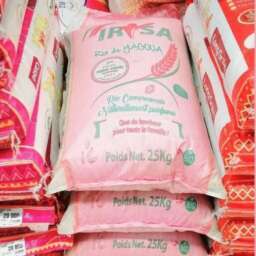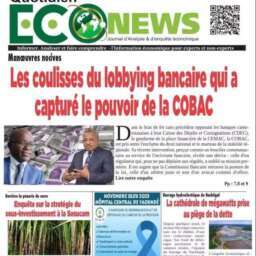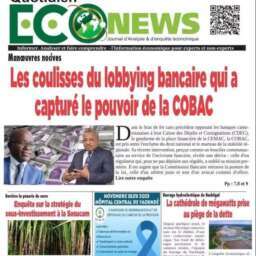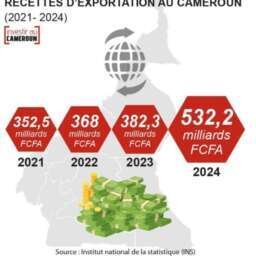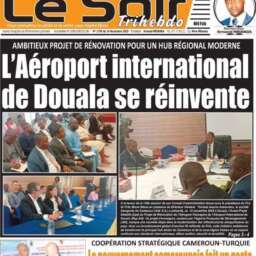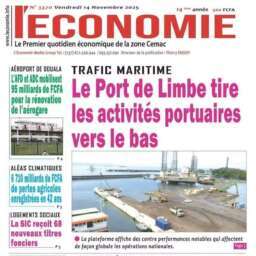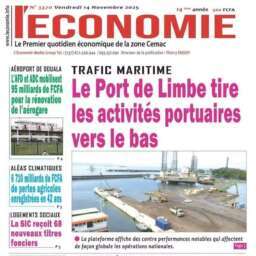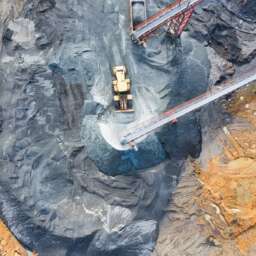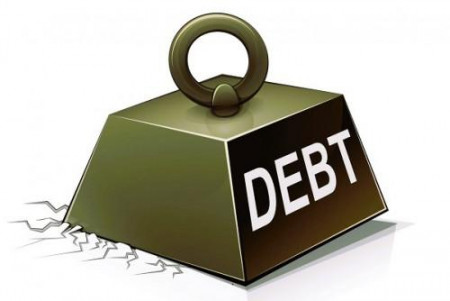(Business in Cameroon) – The government significantly boosted its external financing efforts in the first quarter of 2025 to underpin various development projects, the Autonomous Sinking Fund (CAA) reported.
Five new project loan agreements were inked, totaling 242.9 billion CFA francs. Concessional loans, secured on favorable terms, accounted for more than half of this funding (56%), or 136 billion CFA francs. These came from key partners including the World Bank’s International Development Association (IDA) with 63 billion CFA francs, the European Investment Bank (28 billion CFA francs), the Kuwait Fund (6 billion CFA francs), and the African Development Fund (ADF) of the African Development Bank (AfDB) with 8 billion CFA francs.
In addition, a non-concessional loan of 106.9 billion CFA francs was secured from the AfDB specifically for the rehabilitation of the Garoua-Ngaoundéré road. Further non-concessional loans, amounting to 236.3 billion CFA francs, are currently being finalized. These are earmarked for substantial projects such as the development of the Ebolowa–Kribi road (130 billion CFA francs from Standard Chartered Bank), the Entrepreneurship Promotion and Skills Development Support Project for industrialization (41 billion CFA francs from the AfDB), the Electricity Sector Recovery Support Program (48 billion CFA francs from the AfDB), and the Rice Value Chain Development Project (15 billion CFA francs from the OPEC Fund).
It is important to note that this reported financing solely pertains to the central administration and does not include funds raised through financial markets.
As of March 31, 2025, Cameroon’s public debt stood at 14,442 billion CFA francs, representing a 5.7% year-on-year increase. Despite this rise, the debt remains contained at 44.7% of GDP, well below the 70% tolerance threshold established by the Central African Economic and Monetary Community (CEMAC), according to the CAA. A breakdown of this debt reveals that 92.8% is attributable to the central administration, 7% to public enterprises and institutions, and a minor 0.2% to decentralized local authorities.
During the same period, public debt servicing amounted to 321.9 billion CFA francs, with interest payments totaling 82 billion CFA francs. This figure represents 18.4% of the total amount projected in the 2025 Finance Law. While this reliance on external debt enables the financing of crucial infrastructure projects, it necessitates cautious management to maintain public debt sustainability, especially in an environment of increasing demands for infrastructure and basic services.
In essence, Cameroon is actively pursuing a strategy of mobilizing external financing to accelerate its national development, while diligently ensuring its public debt remains at a level currently deemed sustainable relative to its economic output.
Ludovic Amara
